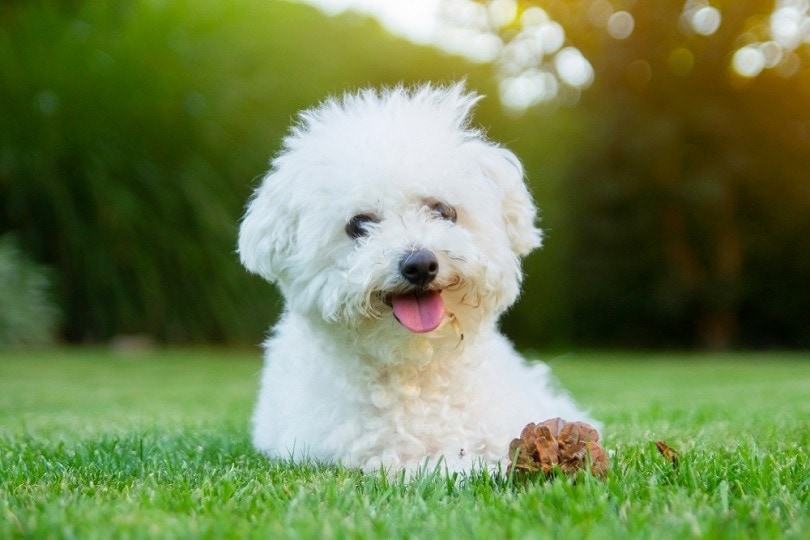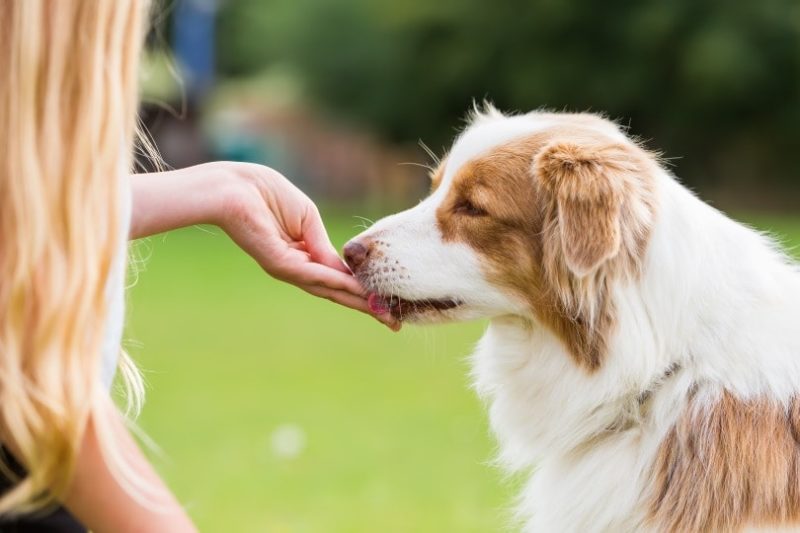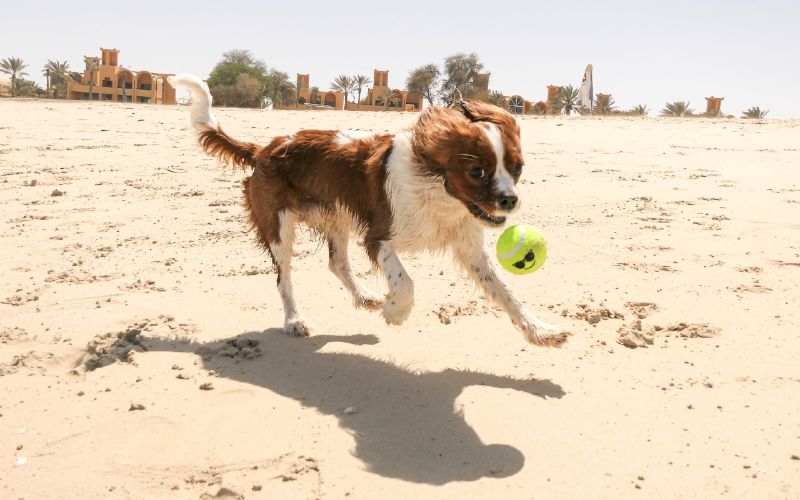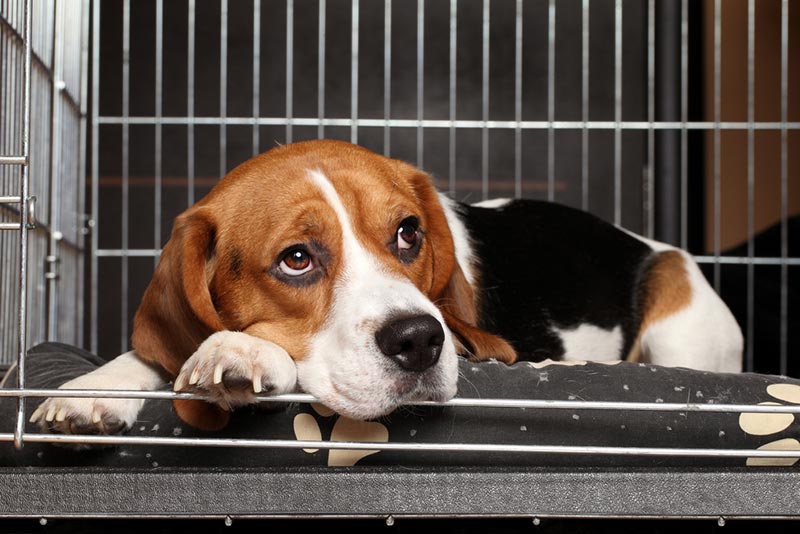How Big Do Great Danes Get? Average Weight & Growth Chart

Updated on
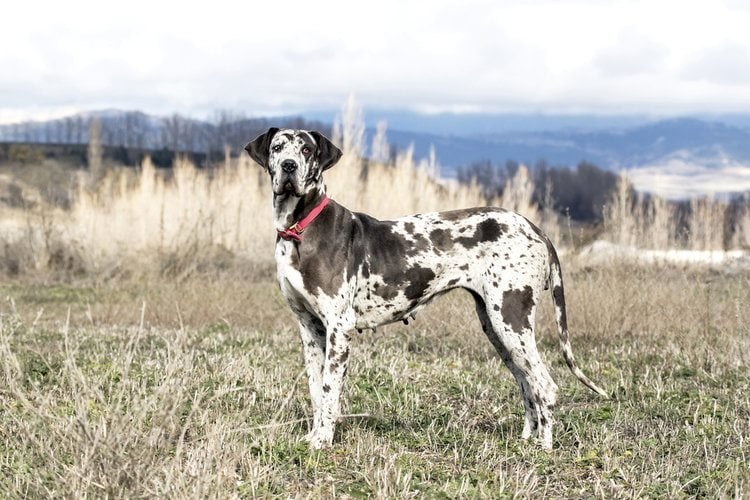
Click to Skip Ahead
Did you recently get a Great Dane puppy and want to be sure it is growing properly? Are you curious about the size and growth patterns of the breed? Great Danes typically grow to be quite large, with adult males standing around 28 to 34 inches (71 to 86 cm) at the shoulder and weighing between 140 to 175 pounds (64 to 79 kg), while adult females are slightly smaller.
This article (with a chart) is a guideline for the height and weight of a male and female Great Dane from two months to adulthood. Keep in mind, however, a growth spurt can vary among individual dogs, so this chart only provides you with the growth expectations for the breed. Read on to learn more!
Great Dane Size and Growth Chart
The American Great Dane and the European Great Dane are two exceptionally large dog breeds. Although the European Danes can weigh up to 240 pounds with wider chests and more muscles than the American Dane, the AKC recognizes the American Dane as the largest dog in the world.
The following growth chart lists the weight and height range by age for the American Dane. There may be some variance between the chart and the size of your dog, but it is only a guideline. You can always discuss any concerns about your dog’s size with your veterinarian.
| Age | Weight Range | Height Range |
| 2 Months | Male 20–30 lbs; Female 15–25 lbs | 13–18 inches |
| 3 Months | Male 35–45 lbs; Female 25–35 lbs | 17–23 inches |
| 4 Months | Male 55–65 lbs; Female 45–55 lbs | 21–26 inches |
| 5 Months | Male 70–85 lbs; Female 60–75 lbs | 23–30 inches |
| 6 Months | Male 80–100 lbs; Female 65–80 lbs | 26–33 inches |
| 7 Months | Male 90–110 lbs; Female 70–90 lbs | 27–34 inches |
| 8 Months | Male 100–120 lbs; Female 80–100 lbs | 27–35 inches |
| 9 Months | Male 110–130 lbs; Female 85–105 lbs | 28–35 inches |
| 1 Year | Male 125–175 lbs; Female 100–130 lbs | 29–36 inches |
| Adult Male | 135–170 lbs | 33–36 inches |
| Adult Female | 110–145 lbs | 30–34 Inches |
- Source: K9Web, Great Dane K9
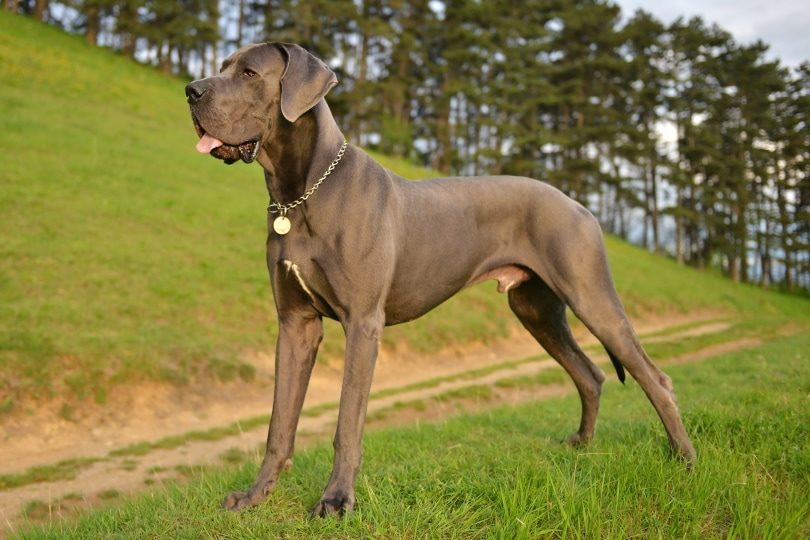
When Does a Great Dane Stop Growing?
A Great Dane will grow in spurts up to about eight months old. After that, their food intake may decrease, and it will appear that they have stopped growing. However, they are continuing to grow at a slower pace. They still have quite a bit of growing to do, however.
In fact, your Great Dane will not reach its full height until it is about two years old. This is a suitable time to talk to your vet about spaying or neutering your dog.
Although the Dane has reached its full height by 2 years of age, their bodies will continue to mature. This should not be confused with weight gain from spaying or neutering, however. Here are some of the changes you can expect to see in your dog’s physique.
- The hips will become wider and more developed.
- The canine’s chest will get fuller and deeper.
- The muscles in the hips, thighs, and shoulders will become more developed.
- The head structure will mature.
- The dog will no longer look lanky or puppyish.
Factors Affecting the Size of Great Dane
Since the growth expectations in this chart are average, a small deviation is not uncommon. If your dog’s growth numbers are significantly different in one direction or another, it may need an adjustment in its diet or exercise routine. It is also possible that the dog is the runt of litter and will be smaller than average. More importantly, it can be an underlying health or nutritional issue, so we recommend that you seek the advice of your vet.
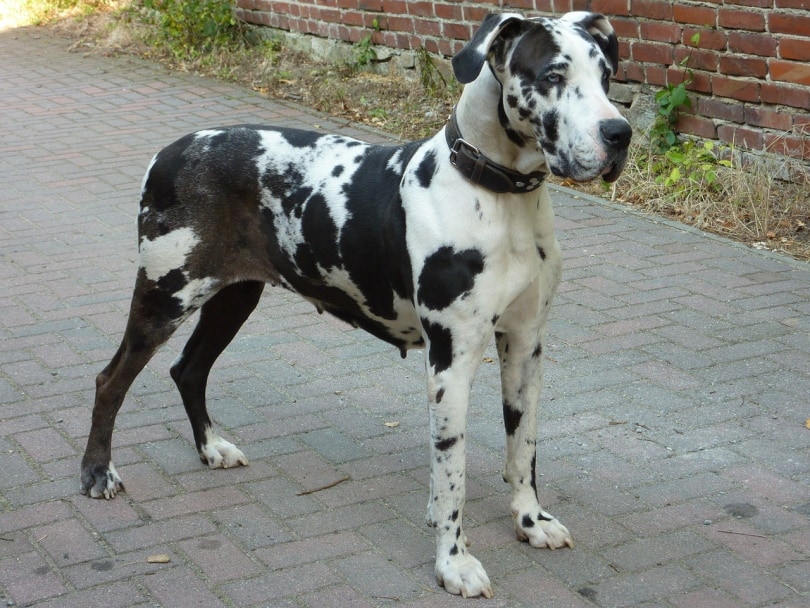
Ideal Diet for Maintaining a Healthy Weight
Until the age of 18 months, a Great Dane should be fed a large breed high-quality puppy food. Danes should not be fed “all life stage” diets when they are in their growing phase, however. Their bones are long and grow for a longer time than smaller dogs.
If a Dane grows too quickly, it is prone to joint diseases like hip dysplasia and other orthopedic problems so be cautious of overfeeding.
When feeding your Dane, be sure to follow the guidelines on the feeding chart and discuss your dog’s diet with your veterinarian. Do so periodically since their bodies change and the food requirements also change with age and activity level.
How to Measure Your Great Dane
To get the proper measurement of your canine, measure from the bottom of its paws to its withers (the highest part of the shoulder blades). Measuring from the bottom of the paws to the tips of their ears is not a proper measurement.
Since measuring a small pup has its challenges and may not be accurate, keeping track of the puppy’s weight may be the better option at this time. You can begin to see how tall it is once it begins to increase in height.
- With a helper or some treats, get the dog to stand against a wall.
- Place a carpenter’s level at the highest point of the dog’s withers.
- Rest the level on the dog’s shoulder and against the wall simultaneously. Adjust the level until it is even (the bubble is in the center).
- Using a marker or pencil, make a small mark on the wall and release the dog.
- Measure from the floor to the mark on the wall. This should give you the correct height.
Final Thoughts
Since the Great Danes are a massive breed, the speed at which they grow needs to be monitored. The numbers contained in this growth chart are for the average expected growth of the breed. We recommend that you keep track of and record their growth spurts and plateaus to ensure that they are growing slowly and steadily.
It is also imperative that they are fed a diet with the proper nutritional requirements, they get the proper exercise for their age, and you discuss any growing concerns with your vet.
Featured Image Credit: David Pegzlz, Shutterstock


